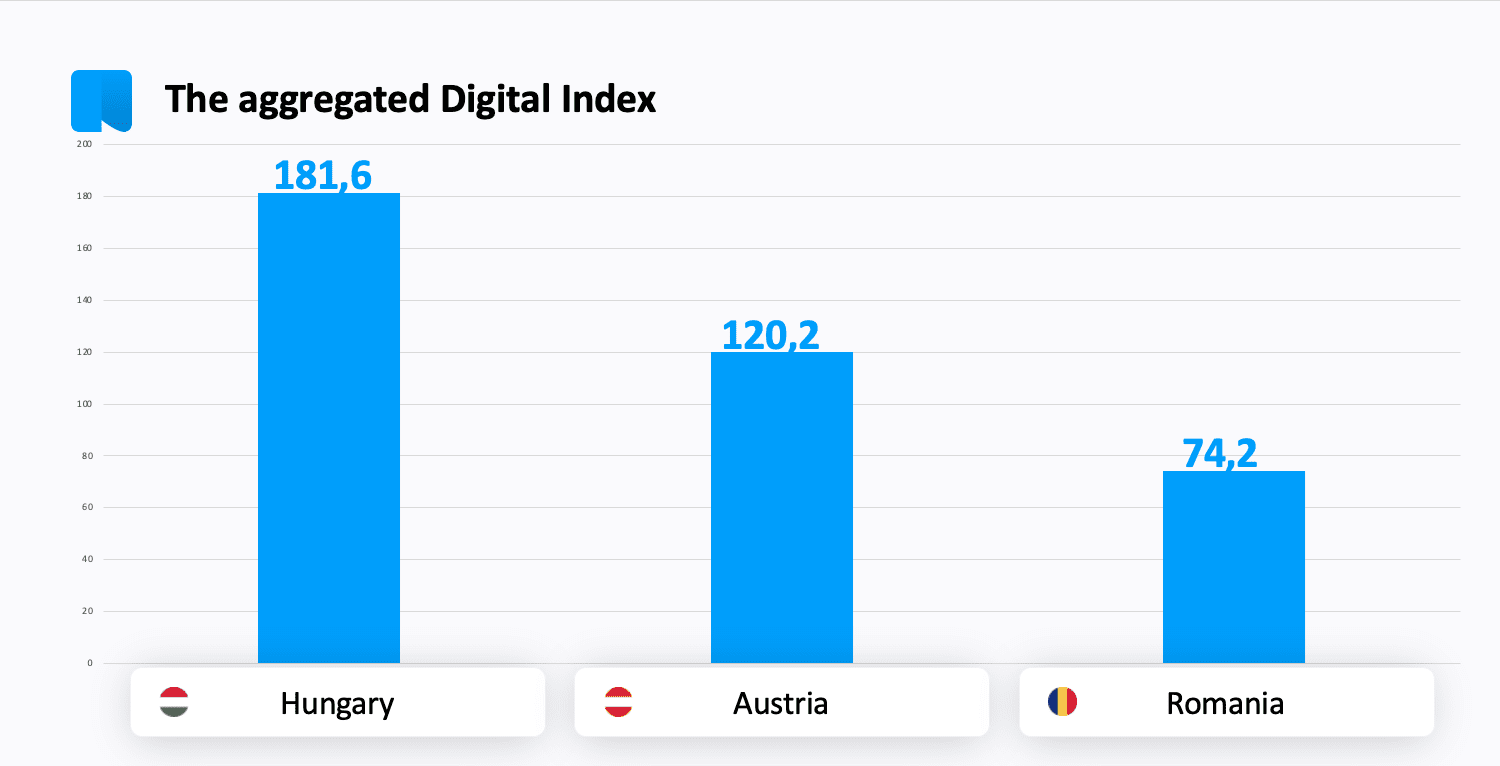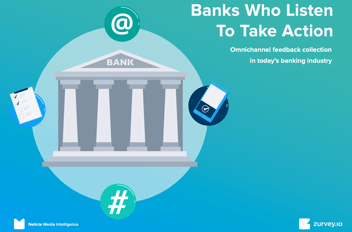How strong is Hungary digitally? We’ve created its Digital Index
How much do Hungarians use the internet and in what ways does it influence different areas of everyday life? We’ve also compared the country with two of its neighbors, Austria and Romania, to see the Index in a regional context and understand differences.
In our joint research created with business magazine Digital Hungary, our goal was to find out how digitally embedded the inhabitants of Hungary are. Based on online interactions and User Generated Content from 2022, we have created Hungary’s Digital Index, which examines five areas separately and then aggregates the results, too. For this, we used Neticle’s online media monitoring and analysis tool, Neticle Media Intelligence.
We have done the same for Austria and Romania, in order to put results into perspective and to better understand what the index signifies. We’ll see that Hungary is the most digitally embedded out of the three…but let’s not jump ahead yet.
To be able to research the topic of being digitally embedded, the first step was to assess the main areas that make up people’s online lives. Five main areas have been detected, and then, to define what fell under each category, and to get the greatest coverage possible, we compiled a large group of synonyms for each of them.
The examined areas are the following - the numbers in brackets show how many synonyms were created in Neticle Media Intelligence for each:
- entertainment (670)
- administration (791)
- shopping (261)
- e-learning (1615)
- work (513)
One of the focal points of the research was to discover which digital areas have seen the most intense development in the last year in Hungary, and which events lead to the speeding up or slowing down of these processes. To put results into perspective, we also wanted to see how neighboring countries performed in the same areas. All of this also revealed Hungary’s weak points in digitalization, which can lead to creating a development strategy.
In the first quarter of 2022, shopping was the most active topic, with 1500-2500 daily posts. The other four topics showed a similar activity level, with an average of 100-500 posts per day:
- for shopping, online promotions and giveaways generated a lot of activity, but food delivery (Wolt, foodpanda) and online payment (OTP) were also important;
- in the case of e-learning, COVID-19 was unfortunately still the most defining factor;
- the most prevalent brands in entertainment were streaming services, such as Disney+, HBO and Netflix;
- there was a lot of online administration going on related to the war in Ukraine.
There has been a lot of change in these trends in recent months: by the third quarter of 2022, the number of mentions for shopping decreased by 10%, while e-learning had almost twice as many mentions in Q3 than in Q1. The reason for this was partially the start of the school year, but public life events also heavily propelled the conversation. At the same time, entertainment and work remained at roughly the same level throughout the year.
International comparison
As we’ve mentioned, the overall results show that Hungary is more digitally embedded than Austria and Romania are, based on the overall trendline.

However, the three countries follow very different trends in what’s popular in the digital world, so the difference is not only in mention numbers. The segment of shopping is strongest in Hungary out of the three, but as we’ve seen, e-learning is moving towards a higher index as well.
In Austria, the shopping segment got stronger throughout the year, while the work segment decreased somewhat. However, even with this trend in place, out of the three countries, the digital index of work is the strongest here.
Entertainment is the most popular segment in Romania currently, as it gained a lot of momentum (+14%) from the first quarter of the year to the third. Work and e-learning are almost at the same level, while administration decreased by 8%, and shopping by 4%.
What’s to come in digital development?
There is a significant need to assess how much people make use of the opportunities today’s digital world presents. According to the European Union’s research, Hungary ranks 23rd out of 27 EU Member States in the Digital Economy and Society Index (DESI) 2021. Over the last few years, its score has improved broadly in line with the EU average. In the same research, Romania was ranked at 26th place and Austria at 10th.
This index examines human capital, connectivity, integration of digital technologies and digital public services. Therefore, Neticle’s Digital Index only partially examines the same area as the EU’s research, however, it is intriguing and important to monitor these digital developments and their different facets. Neticle will keep monitoring the Digital Index created, and we’ll report back on how trends change in the upcoming years.
Share:




